In today’s fast-paced world, sleep has become one of the most precious yet elusive commodities. Millions of people struggle with falling asleep or maintaining deep rest due to stress, anxiety, or unhealthy lifestyle habits. While modern solutions like sleep apps, sound machines, and supplements can help, many people are turning back to nature for a simple, soothing answer: indoor plants.
Not only do bedroom plants enhance the aesthetic appeal of your personal sanctuary, but many also purify the air, regulate humidity, and promote relaxation—factors crucial for quality sleep. By carefully choosing the right plants, you can transform your bedroom into a calming, oxygen-rich haven that encourages better rest every night.
This article explores the best bedroom plants for better sleep quality, their benefits, and practical tips for arranging them in your sleeping space.
Why Plants Improve Sleep Quality
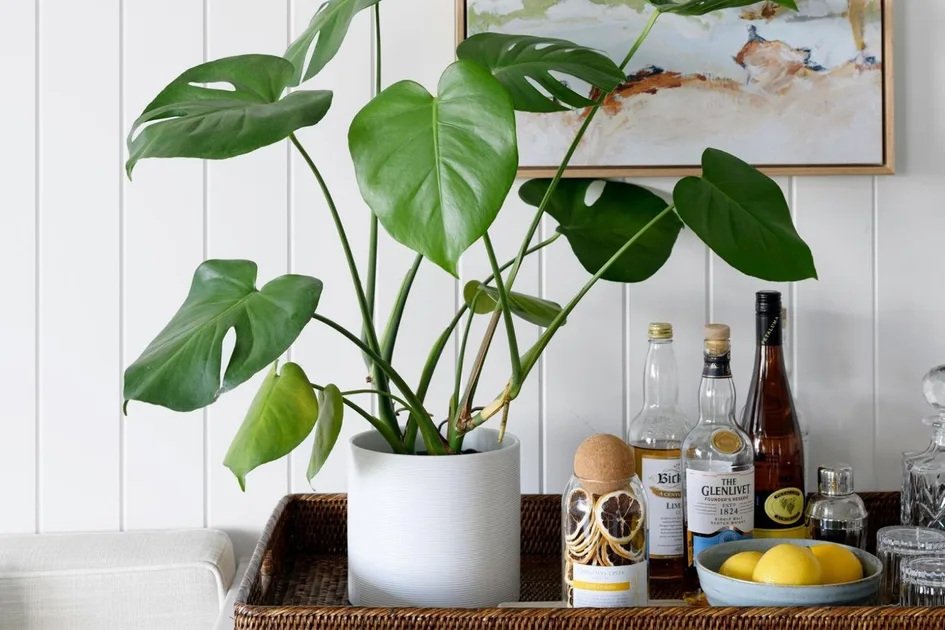
Before diving into specific plants, let’s understand why greenery works so well in the bedroom environment:
- Air Purification – Indoor air often contains toxins from cleaning products, furniture, and pollutants. Plants like snake plants and peace lilies filter harmful substances, leaving cleaner oxygen for better breathing while you sleep.
- Stress and Anxiety Reduction – The simple act of nurturing plants reduces stress levels. Some species, such as lavender and jasmine, release calming scents that lower heart rate and promote relaxation.
- Humidity Regulation – Many plants release moisture into the air through transpiration, keeping bedroom air fresh and preventing dry skin, throat irritation, or breathing discomfort.
- Natural Aesthetics – A green-filled room promotes tranquility, mimicking nature’s soothing effect, which in turn improves mental health and sleep.
Top Bedroom Plants for Better Sleep
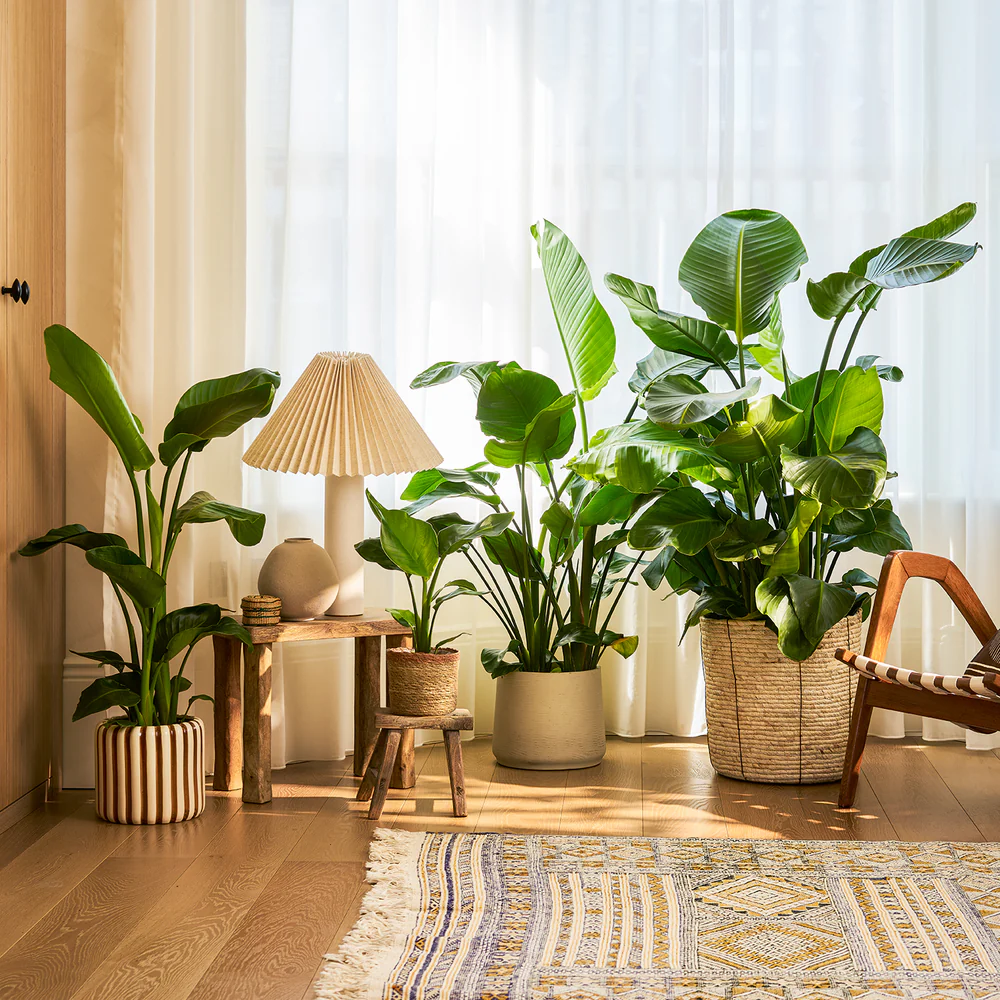
1. Lavender (Lavandula)
Lavender is perhaps the most famous sleep-inducing plant. Its fragrant purple blooms release essential oils that are proven to reduce stress and anxiety. Studies show that the aroma of lavender can lower heart rate, slow breathing, and even improve sleep cycles.
- Benefits: Promotes deep relaxation, reduces insomnia, and eases anxiety.
- Care Tips: Needs bright, indirect sunlight; water sparingly as it dislikes overwatering.
- Best Placement: Near a window or on your nightstand for maximum scent exposure.
2. Snake Plant (Sansevieria trifasciata)
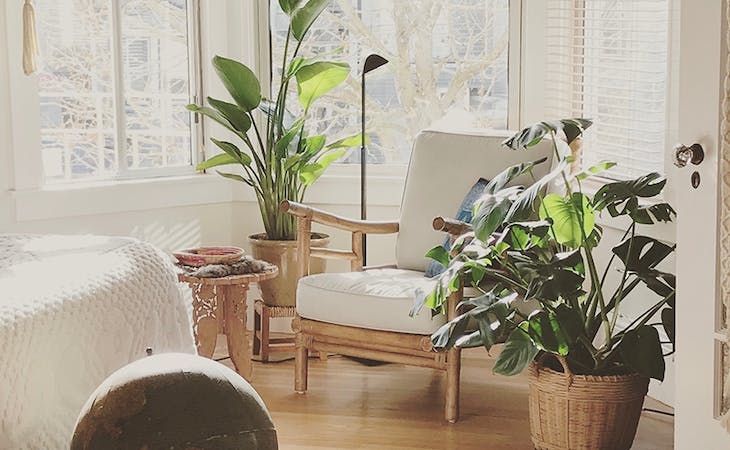
Also known as Mother-in-Law’s Tongue, the snake plant is one of the best oxygen-producing plants. Uniquely, it releases oxygen at night (unlike most plants that only do so in the day), making it an excellent bedroom companion.
- Benefits: Cleans toxins such as formaldehyde and benzene; boosts nighttime oxygen; requires little maintenance.
- Care Tips: Thrives in low to bright indirect light; water once the soil dries completely.
- Best Placement: Corners of the bedroom where it can grow upright without cluttering space.
3. Peace Lily (Spathiphyllum)
The peace lily is not only visually stunning with its white blooms but also a powerful air purifier. It increases room humidity by up to 5%, helping reduce dry noses and throats that often disrupt sleep.
- Benefits: Filters harmful chemicals, improves room humidity, and reduces dust levels.
- Care Tips: Prefers low to medium indirect light; water once a week to keep soil moist but not soggy.
- Best Placement: On a dresser or side table away from direct sunlight.
4. Aloe Vera
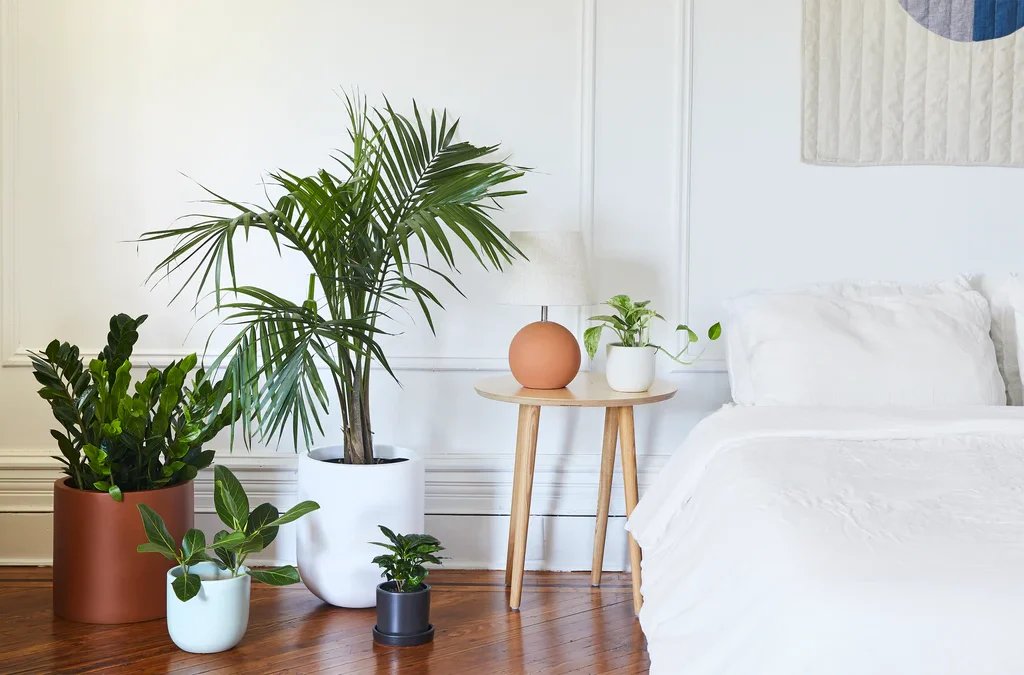
Aloe vera is widely known for its healing gel, but it’s also a great sleep-promoting plant. Like the snake plant, aloe releases oxygen at night, improving bedroom air quality. Its unique fleshy leaves add an attractive, calming aesthetic to any room.
- Benefits: Boosts oxygen at night; low-maintenance; has added benefits for skin care.
- Care Tips: Requires bright, indirect light; water sparingly as it stores water in its leaves.
- Best Placement: On a windowsill where it can receive indirect sunlight.
5. Jasmine (Jasminum)
Jasmine is another fragrant plant renowned for its calming effect on the nervous system. Its sweet scent is believed to improve mood, reduce anxiety, and encourage deeper, more restful sleep.
- Benefits: Natural sedative properties; helps regulate stress levels; enhances room fragrance.
- Care Tips: Needs bright, indirect sunlight; water regularly to keep soil moist.
- Best Placement: Near windows or on nightstands where its fragrance can spread.
6. English Ivy (Hedera helix)
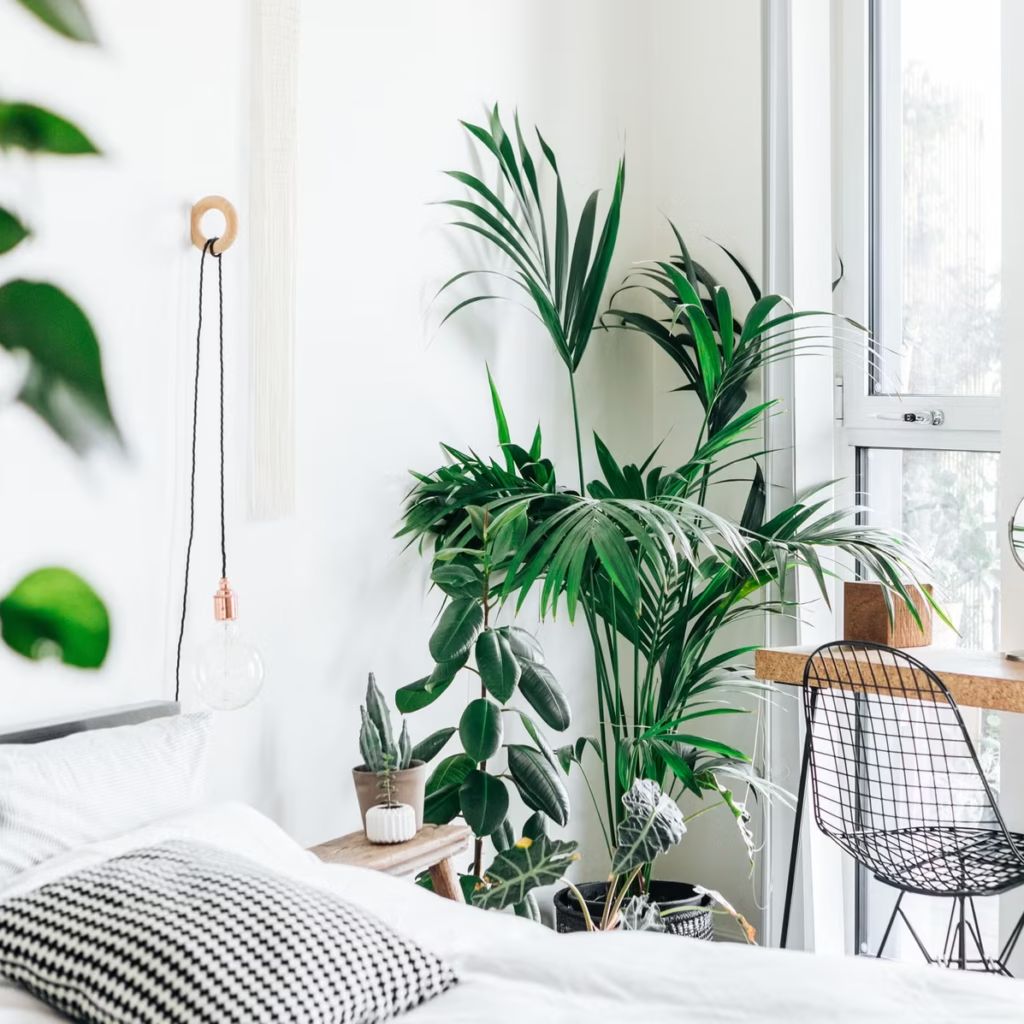
English ivy is a trailing plant known for its air-purifying properties. It removes mold spores from the air, which is particularly beneficial for people with asthma or allergies—conditions that often interfere with sleep quality.
- Benefits: Cleanses airborne mold and toxins; improves respiratory health; elegant trailing effect enhances décor.
- Care Tips: Requires indirect sunlight; water when the topsoil feels dry.
- Best Placement: In a hanging basket or shelf where it can trail naturally.
7. Areca Palm (Dypsis lutescens)
For those who want a larger, statement-making plant in the bedroom, the areca palm is perfect. Known as one of the best humidifying plants, it helps balance indoor dryness while producing fresh oxygen.
- Benefits: Excellent humidifier; adds a tropical, calming vibe; non-toxic for pets.
- Care Tips: Needs bright, indirect light; water frequently to maintain slightly moist soil.
- Best Placement: In a spacious corner where it gets indirect sunlight.
Tips for Arranging Bedroom Plants for Better Sleep
- Choose Low-Maintenance Plants – Since the bedroom is primarily for rest, select plants that don’t require constant care. Snake plants, aloe vera, and peace lilies are excellent choices.
- Avoid Overcrowding – Too many plants can make a room feel cluttered. Instead, choose 3–5 well-placed plants that enhance air quality and aesthetics without overwhelming the space.
- Use Hanging Planters and Shelves – For small bedrooms, hanging planters or wall shelves save space while keeping greenery at eye level.
- Balance Visuals – Place taller plants like snake plants or palms in corners and smaller ones like aloe or lavender on bedside tables for balance.
- Mind the Light – Position plants according to their sunlight needs. Bedrooms with limited natural light are better suited for low-light plants like peace lilies and snake plants.
Precautions When Keeping Plants in Bedrooms
While bedroom plants offer numerous benefits, a few considerations are important:
- Avoid Pollen-Heavy Plants: These may trigger allergies and disturb sleep.
- Water Moderately: Overwatering leads to mold and dampness, which can negatively impact health.
- Check for Pet Safety: Some plants, such as peace lilies and English ivy, are toxic to pets.
Conclusion
Plants are more than just decorative elements—they are natural allies in creating a healthier, more peaceful environment for sleep. From the soothing fragrance of lavender and jasmine to the oxygen-boosting benefits of snake plants and aloe vera, each species contributes uniquely to better rest. By thoughtfully selecting and arranging plants in your bedroom, you can transform your sleeping space into a calming retreat that promotes relaxation, deep breathing, and rejuvenating sleep.
Investing in bedroom plants is a simple yet powerful step toward improving both your environment and overall well-being. After all, a well-rested body and mind are the foundations of a healthier, happier life.
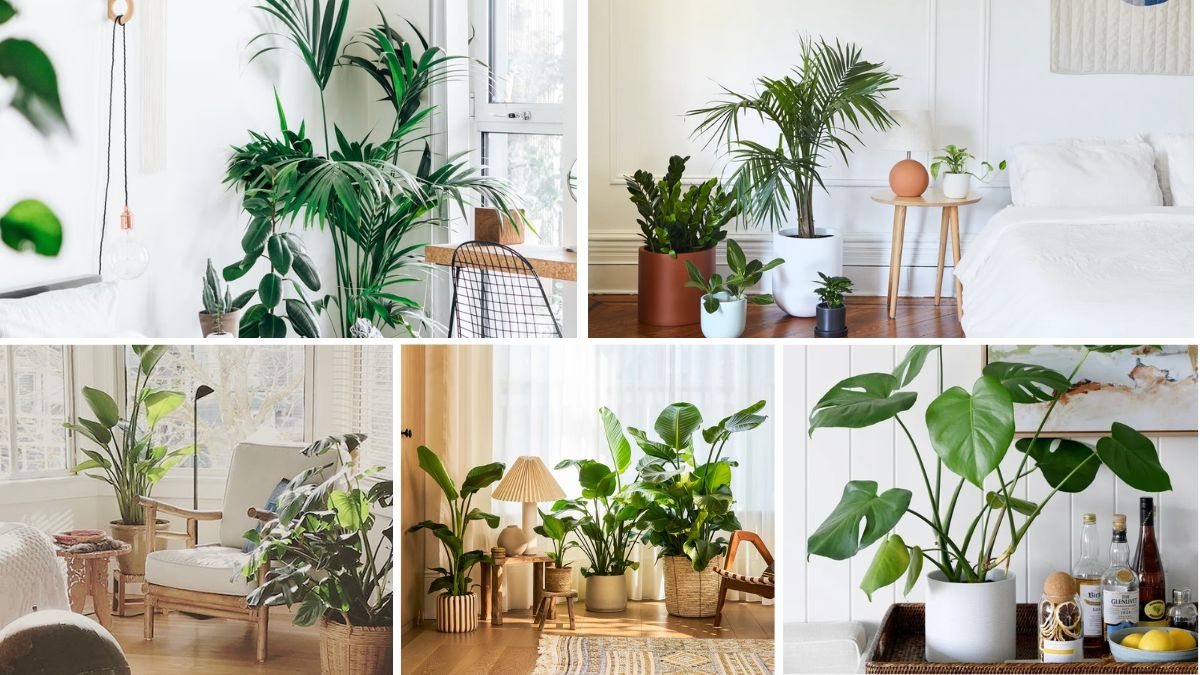





Leave A Comment